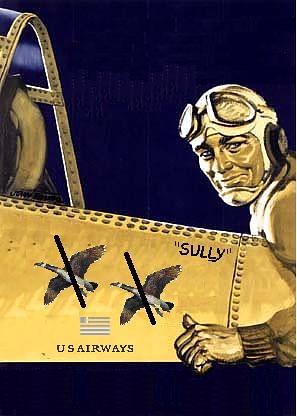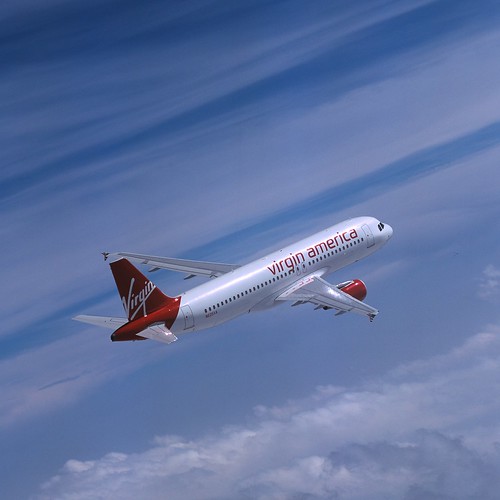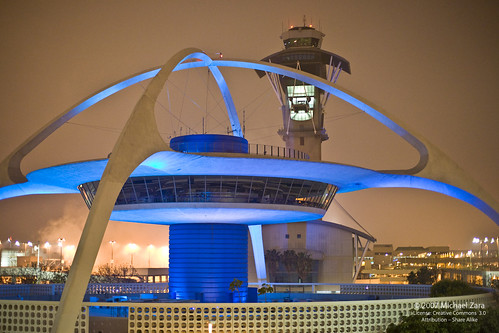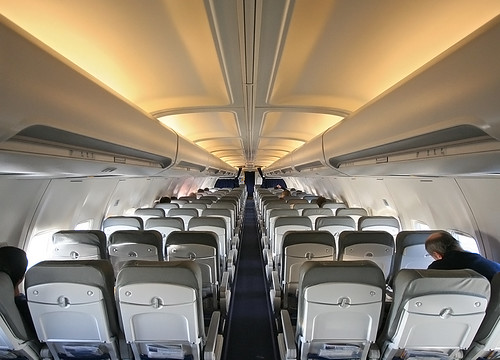FAA gets the bird! Transportation Dept. Reverses FAA on Bird Strike Data
(Source: Washington Post; USA Today & Airsafe.com)
The people should have access to this kind of information

Department of Transportation is preparing to reject a proposal by the Federal Aviation Administration that would keep secret data about where and when birds strike airplanes. Among the high-profile boosters of releasing the information is Transportation Secretary Ray LaHood, whose agency oversees the FAA. He said the comments ran “99.9 percent” in favor of making such information accessible.
“I think all of this information ought to be made public, and I think that you’ll soon be reading about the fact that we’re going to, you know, make this information as public as anybody wants it,” LaHood said in an interview for The Washington Post’s “New Voices of Power” series. “The people should have access to this kind of information.
“The whole thing about the bird strike issue is it doesn’t really comport with the president’s idea of transparency,” the secretary said. “I mean, here they just released all of these CIA files regarding interrogation, and . . . the optic of us trying to tell people they can’t have information about birds flying around airports, I don’t think that really quite comports with the policies of the administration. . . . It’s something that somebody wanted to put out there to get a reaction. We got the reaction, and now we’re going to bring it to conclusion.”
Here is the Secretary’s interview to Washington Post’s Lois Romano on this issue:
The FAA last month quietly posted a proposal in the federal register, requesting public comment, that would bar the release of its records on bird collisions. The proposal followed a prominent incident in January when a flock of geese brought down a commercial flight, forcing the pilot to make an emergency landing on the Hudson River. The agency immediately came under fire because the recommendation runs counter President’s Obama vows of government transparency.
For those interested in reading the FAA’ proposal on Federal register, here it is:
Note: TransportGooru appreciates the Sec. of Transportation’s stand against this move by FAA. Public have the right to know and it is not nice that FAA can withhold sharing this data, even after the overhwleming public response.









